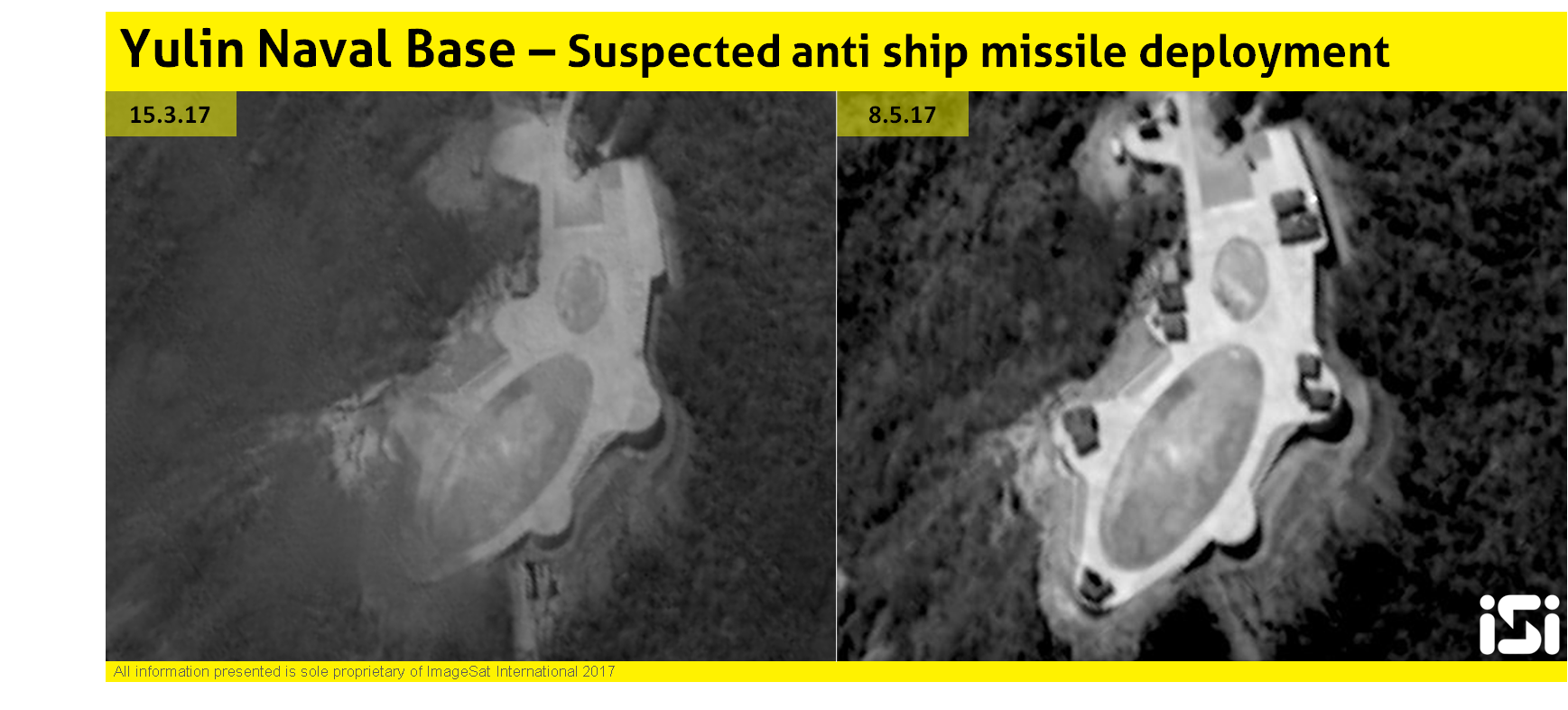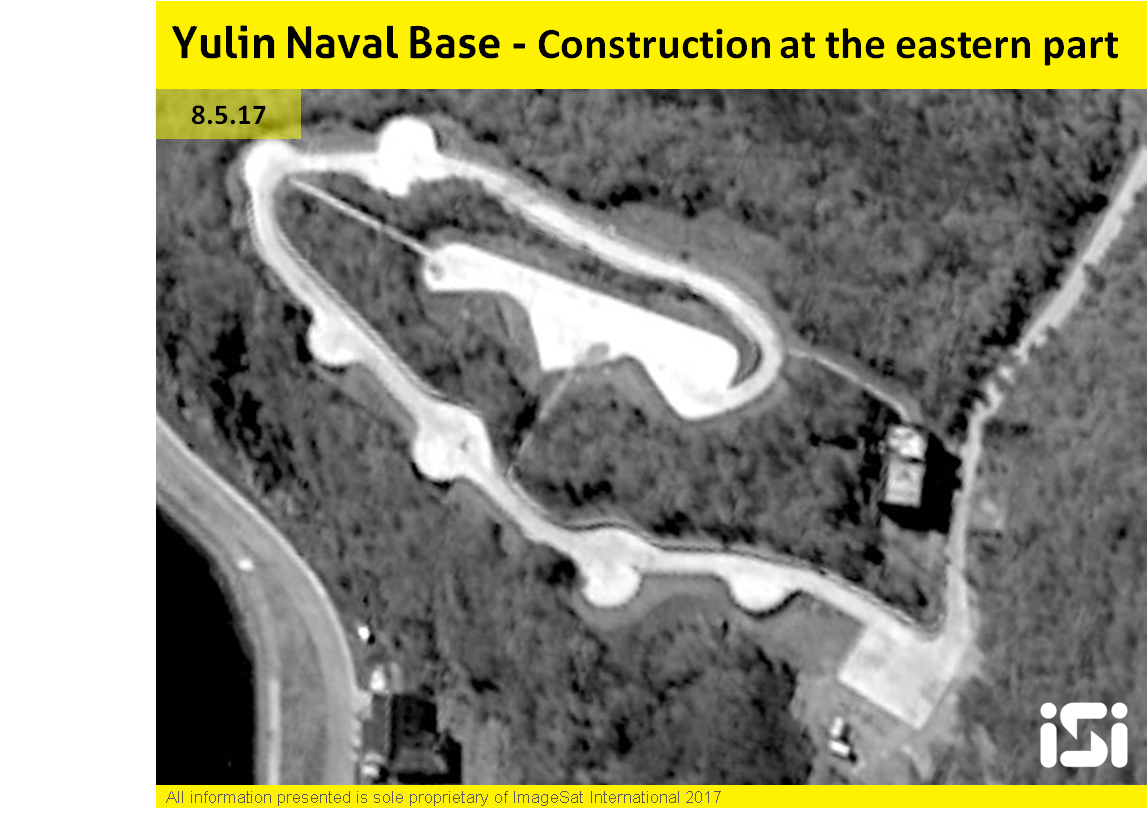“No one can force China out of the Paracels,” says Carl Thayer, emeritus professor of politics at The University of New South Wales in Australia. "The most you could hope for is if Vietnam took arbitral action," such as a petition with the world court in The Hague, he adds.
Vietnam happens to be trying to get along better with China on its own despite centuries of land and sea disputes. Anti-Chinese sentiment still runs high among Vietnamese people, but the government in Hanoi is talking with Beijing outside the ASEAN context about the maritime issue while enjoying economic benefits such as cheap imports and a flood of Chinese tourists. China may eventually face pressure from the U.S. government over its past decade of maritime expansion, including artificial islands ready for combat aircraft and radar systems. For now it can pacify otherwise restive Southeast Asian claimants
one-on-one by offering aid and investment. The other claimants are Brunei, Malaysia and the Philippines.
Vietnam’s ASEAN colleagues, which are
meeting for four days in the Philippines through Saturday, probably won’t push China over the Paracels even if Vietnam tries to. ASEAN counts staunchly pro-China Cambodia and Laos among its members. This year’s chair, the Philippines, has set aside its maritime disputes with China, too. ASEAN as a whole usually pursues deals that elevate its unity rather than risking rifts among them or with other countries.
Lack of a Paracels clause in an eventual code of conduct will give China more sway over those islets where it has already built a small city plus military infrastructure.
“I don’t think China will want to have that in the code of conduct, because I think for China the Paracels is a bilateral issue between itself and Vietnam, and I would even go further to say some of the ASEAN states may not want to be part of it because they would see the Paracels as an unnecessary complicating factor,” said Collin Koh, maritime security research fellow at Nanyang Technological University in Singapore.


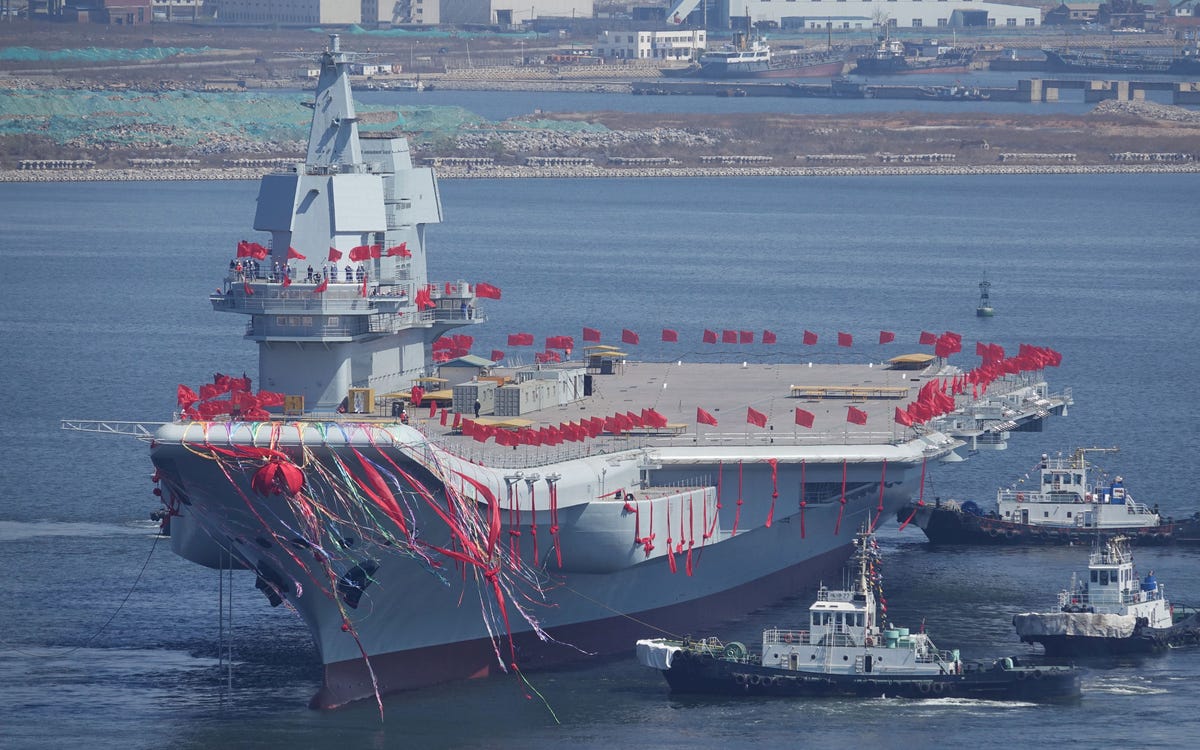
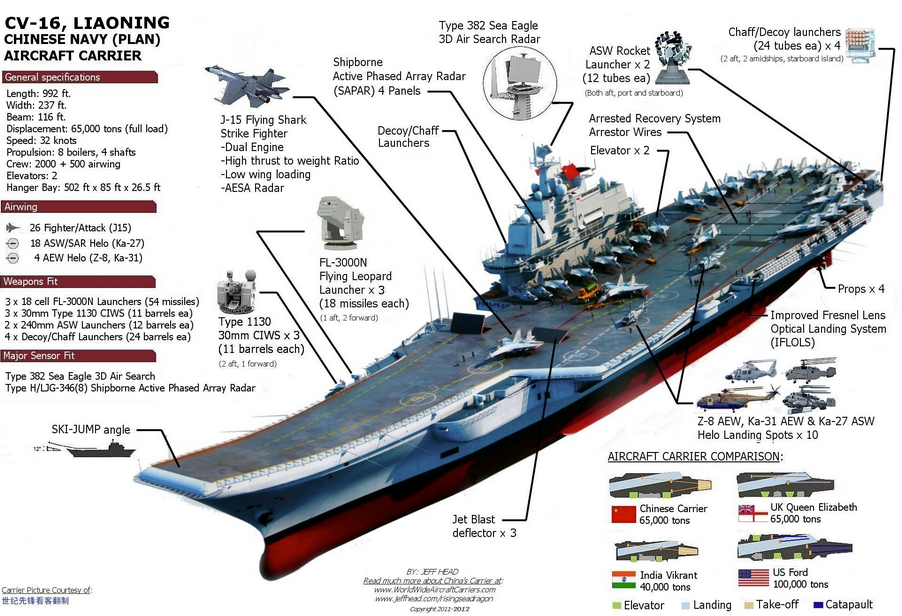
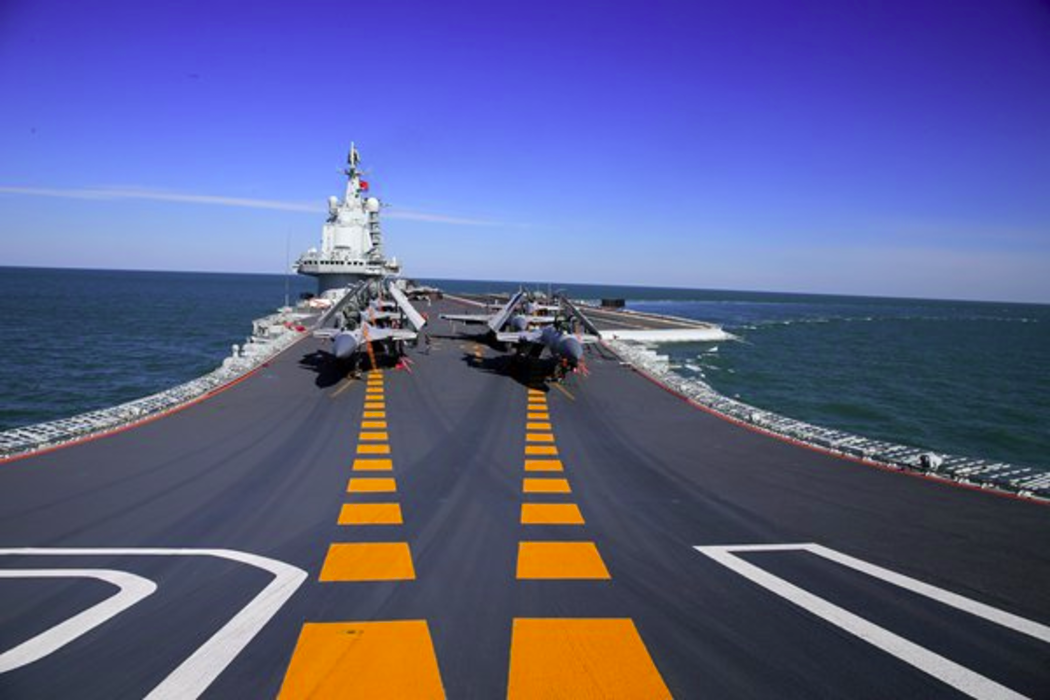
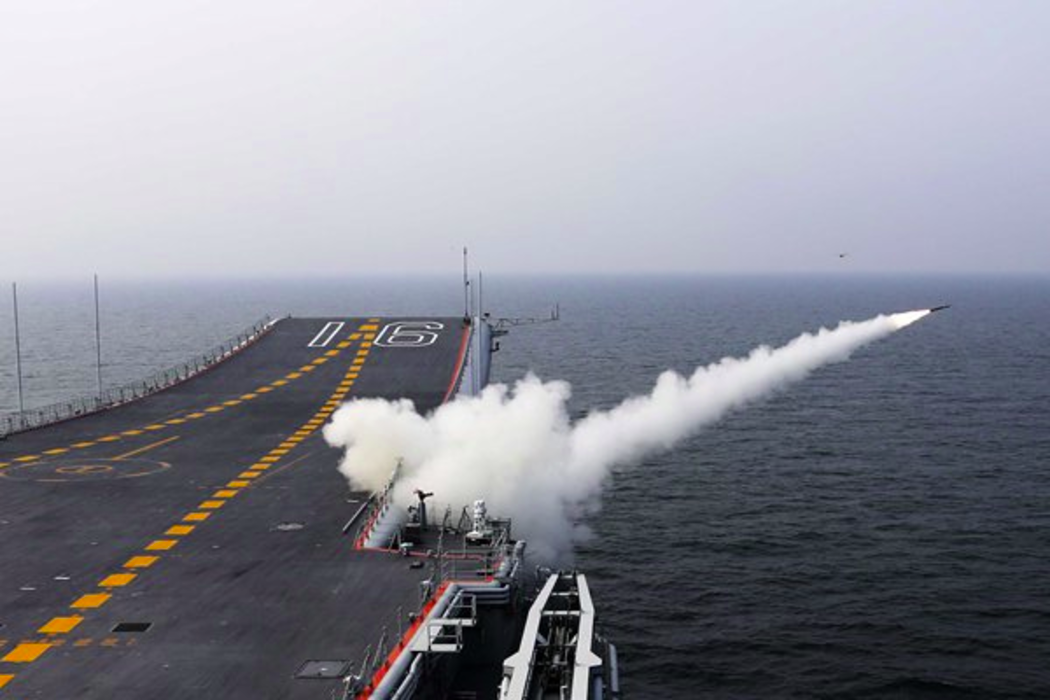
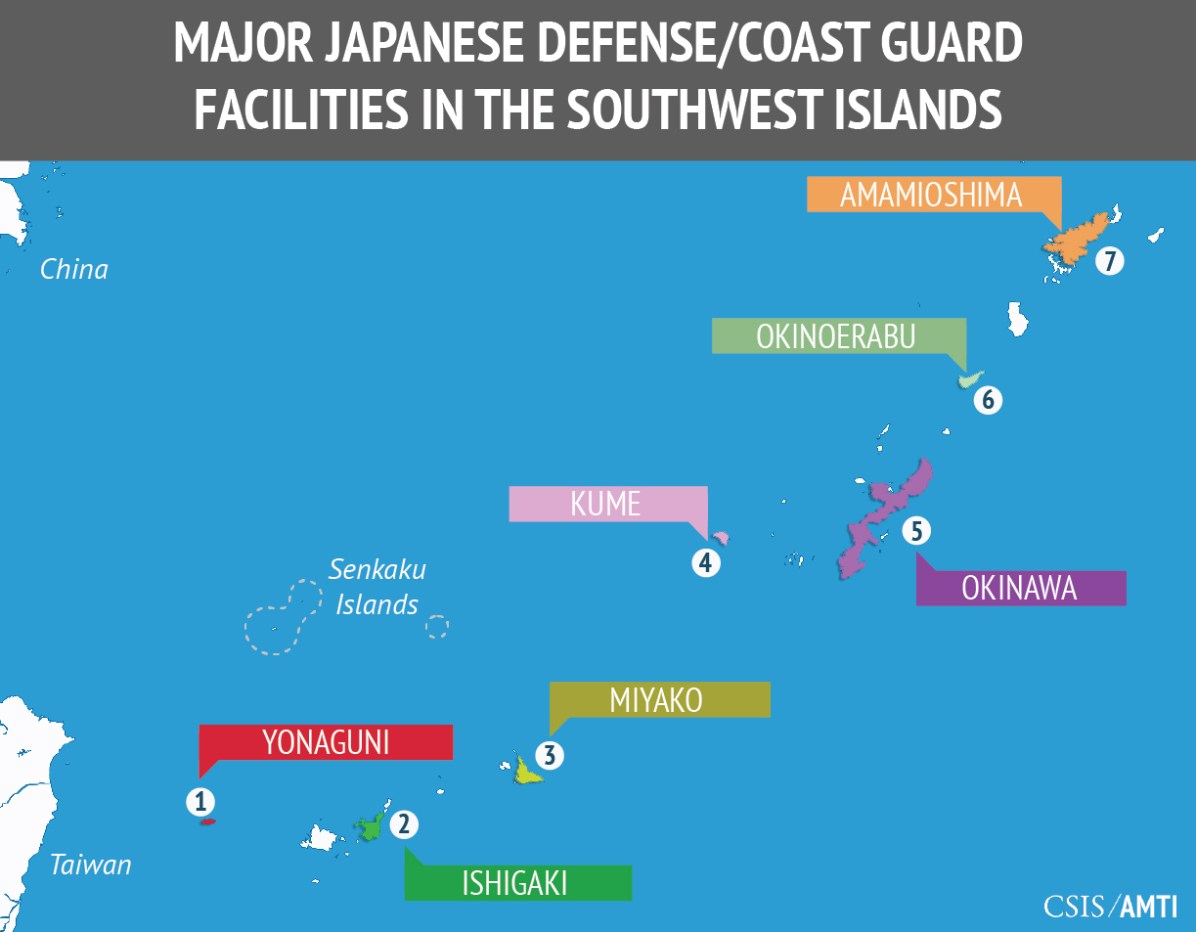
 Liekkö se jo ropakantaa.
Liekkö se jo ropakantaa. 